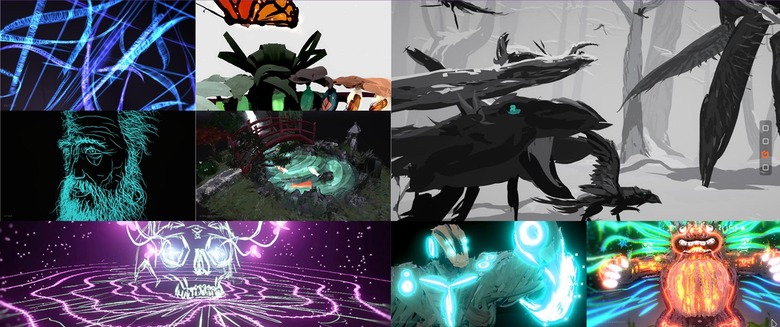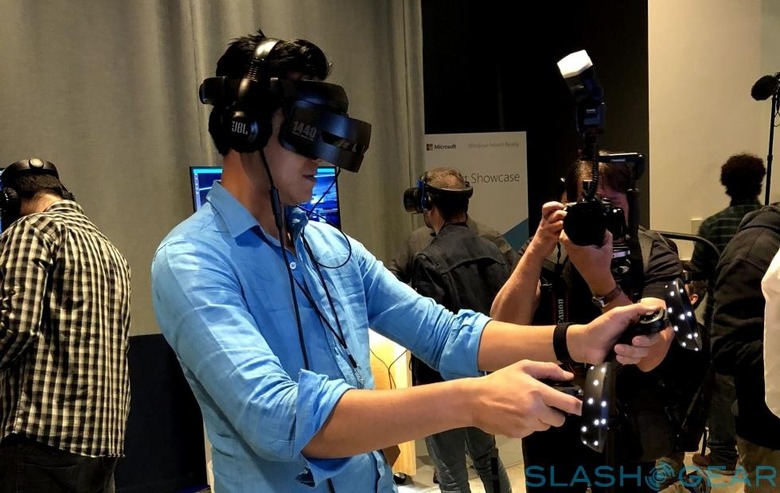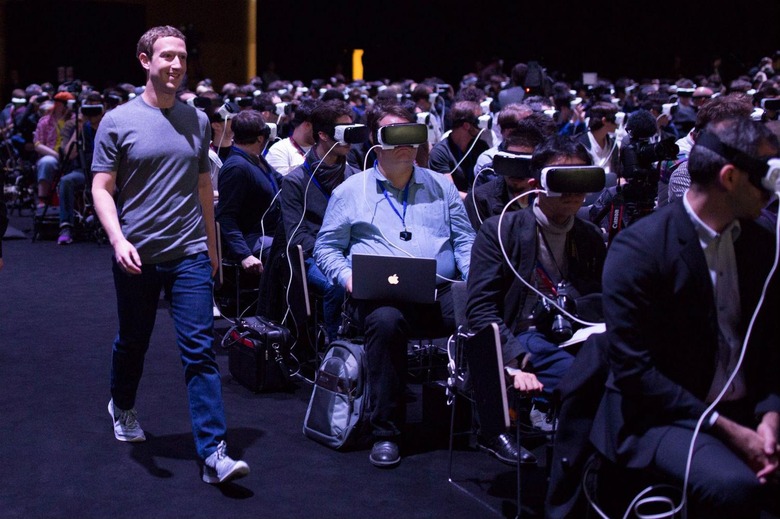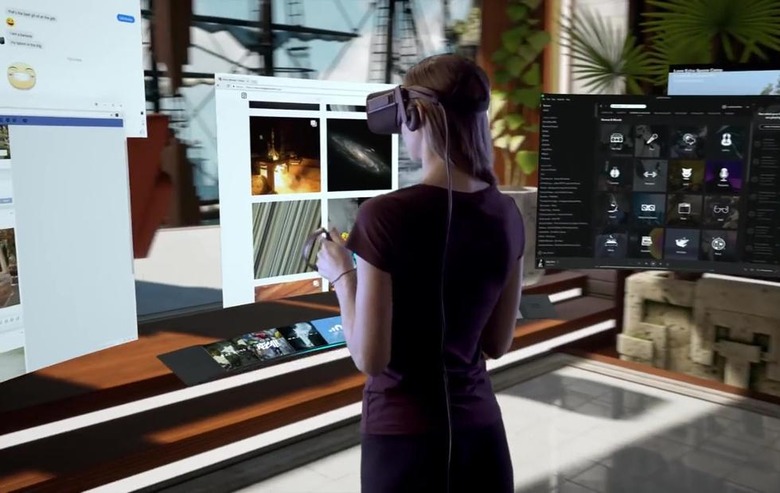Virtual Reality: Why It Still Hasn't Taken A Hold
For a technology that's being billed by some as the next wave in computing, virtual reality, and even augmented or mixed reality, is pretty slow in coming to shore. Qualcomm just recently sang praises about how its Snapdragon 845 will power future wireless VR headsets. It seems to have fallen on deaf ears however, and if CES is any indication, interest around VR, AR, and MR may have waned considerably. The technologies definitely have promise, so why are very few people biting? Because as grand as the promise of virtual reality may be, it might, in fact, be still a bit too grand for use today.
VR does matter
Let's start off with why VR isn't or at least shouldn't be just a passing fad. Virtual reality isn't exactly new and has been around since the early days of computing. Back then, it was more science fiction than science, but like any (real) science fiction, it held the seeds of science and, more importantly, hope.
Virtual reality and its kin are all about making the impossible possible. Computers have already empowered us to create all sorts of impossible worlds, things that would take ages to make. And while the democratization of 3D printing have made it possible to bring some of those objects from the virtual to the real world, it also made those objects beholden to the unforgiving laws of physics and reality.

VR, then, makes the unreal real without actually bringing it into the physical realm. And it's not simply about flights of fantasy. It's about expanding what we're able to do beyond the confines of space and, to some extent, time. While there will still be some debate on the usability and ergonomics of superimposing your computer screens on physical walls, the fact is that you can. Not only that, you aren't limited to just one screen per wall. You're not even limited to one physical wall either.
Look Ma, no hands!
So if virtual reality is so great, why does it feel so foreign to most people? It isn't because of the way things are presented. Our eyes and brains seem to adapt to that. But while our eyes and ears can be fooled, our hands are a different story.
Most people who don a VR headset, and especially a VR headset, for the first time have trouble adjusting to the predominant input method in VR and AR: motion-sensing sticks. First-time users instinctively try to reach out with their hands, if they get over their hesitation at all, just like how most humans instinctively reach out in the dark when they can't see anything. Because while VR and AR give a nearly perfect optical illusion, they also force us to hold on to sticks, rings, or clickers. They're more confining rather than liberating.

Some might argue that humans have adapted to mice and game pads, and neither are "natural" input devices. That's true but only because of the abstraction in front of our eyes. We know that the images, as real-looking as they may be, just exist behind a flat screen. But when those fake images are right in front of our noses, things take on a different feeling. Just watch how people watching films in 3D instinctively try to swat away debris or objects that they know very well aren't really there.
Top Heavy
In addition to not being intuitive, VR as we know it today isn't particularly ergonomic. Never mind the cables that snake around, providing plenty of opportunity to trip over. Almost all VR headsets, powered by PCs, smartphones, or by themselves, are uncomfortably heavy in their own ways. That might not be much of a problem for short bursts of use, but for something that will supposedly replace our computers and phones in the (distant) future, that's just not going to fly.
Of course, this is pretty much just a limitation of the current level of technology and manufacturing, but that's precisely the point. Until the day putting on VR headsets doesn't feel like putting on a helmet, virtual reality will remain something that's meant to be used occasionally and not something you can rely on to get stuff done, especially for extended periods of time.
Glued to our screens. Literally.
If you thought it were bad enough that kids these days have their faces almost glued to their smartphones, wait until they literally are glued to their screens. There's really no other way to experience VR than to have something right in front of your eyes. Unfortunately, that also mostly means blocking out anything that isn't.

Virtual reality has an occlusion problem. Unlike augmented and mixed reality, it works by creating a purely virtual scene displayed on a screen. It may someday take into account the world outside, but only as something like a live camera feed. While this has benefits, it also has disadvantages, both practical and social.
With VR, you have be even more conscious of the world around you. You have to be more cautious you don't trip or bump into something. But VR also causes you to be more isolated. It is ironic that a tool that could potentially put you in the presence of someone half the world away would also cut you off from the one right beside you. On the upside, at least no one but you will know what you're doing in your own corner of the virtual universe.
WIMP (the Xerox kind)
VR does have the reputation of being all about games and entertainment. And while majority of the "experiences" offered do fall under that category, there are others that do more than just that. There are VR experiences that let you explore places you would never be able to go to or even create things that would never be possible with conventional painting and sculpting tools.
But a "next wave of computing" has to go beyond that. They have to be able to let us do the same things we do with our computers and mobile devices, even if in a different presentation or workflow. Browsing the web, document processing, content creation, even programming. Unfortunately, the software that we have today are ill-fitted for virtual reality and the like.

We still live in a world of windows, icons, mice, and pointers, a.k.a. the WIMP paradigm of Xerox PARC fame. Mobile devices and touch screens are substantially the same, substituting fingers for mice and making the pointer invisible. While those can and have been translated to virtual reality, they are a highly inefficient waste of potential. Manipulating windows in VR requires tiring arm or wrist movements. And forget about typing, especially with a keyboard you can't see. VR proponents have been quick to push the technology for mass consumption, but few have tried to actually design experiences that cater to what those masses really need.
Wrap-up
These are the factors that have hobbled the growth of VR. They are, however, not reasons to abandon the technology. Instead, they are problems that have to be solved soon. Unfortunately, it's a chicken and egg problem. Without the right mix of hardware and software, users won't be so eager to embrace such an alien technology. But without the right number of users, hardware and software makers won't be so eager to invest in improving it. For now, at least, it seems that companies like Qualcomm, Microsoft, and even Facebook still have their eyes on the prize. Hopefully, they won't be so easily discouraged even when the prize is still far away.
